Moroccan architecture stands as a testament to the rich layers of history, culture, and artistry that has shaped the region over centuries. At the heart of this architectural tradition lies a profound connection to the Andalusian civilization, which left an indelible mark on Morocco’s architectural and artistic identity. This fusion of cultures gave rise to some of the most iconic elements of Moroccan design, including Zellige tiles, intricate woodcraft, and brass artistry.
The Andalusian Influence on Moroccan Architecture
The roots of Moroccan architecture can be traced back to the 8th century, during the height of the Andalusian civilization in Al-Andalus, present-day southern Spain. When the Umayyad Caliphate expanded into the Iberian Peninsula, it brought with it a flourishing culture that blended Islamic, Roman, and Visigothic influences. This cultural synthesis gave birth to a unique architectural style characterized by geometric patterns, ornate carvings, and vibrant colors.
In the 10th century, following the fall of the Umayyad Caliphate and the Reconquista, many skilled artisans and intellectuals fled Al-Andalus and settled in Morocco. These artisans carried with them the architectural and artistic traditions of Andalusia, which they seamlessly integrated into the local Moroccan style. The result was a distinctive form of architecture that combined the elegance of Andalusian design with the rich cultural heritage of Morocco.
The History and Craftsmanship of Zellige Tiles
Zellige tiles, one of the most recognizable features of Moroccan architecture, have their origins in the Andalusian tradition of tile-making. The intricate geometric patterns that define Zellige mosaics were inspired by the desire to create art that reflects the infinite nature of the divine. These patterns, often composed of stars, polygons, and interlocking shapes, are meticulously crafted by hand, a tradition that has remained unchanged for centuries.
The process of making Zellige tiles begins with the selection of fine clay, which is shaped and fired in kilns. Once hardened, the tiles are hand-glazed with natural pigments that produce the rich, vibrant colors characteristic of Moroccan design. Each tile is then carefully cut into precise shapes, a task that requires exceptional skill and patience. The final step is the assembly of these tiles into stunning mosaics that adorn walls, floors, and fountains in palaces, mosques, and homes across Morocco.
The Art of Woodcraft in Moroccan Architecture
Woodcraft is another key element of Moroccan architecture that owes much to Andalusian influence. The use of finely carved wood to create ornate doors, ceilings, and furniture became a hallmark of Moroccan design during the medieval period. Artisans employed traditional Andalusian techniques to create intricate patterns and motifs that reflect the cultural and religious values of the time.
The craftsmanship involved in Moroccan woodwork is remarkable. Artisans spend years mastering the art of carving, often working with cedar, oak, and other high-quality woods. The designs they create are not merely decorative but also imbued with symbolic meaning, often drawing from Islamic art, which emphasizes symmetry, harmony, and balance. These carved wooden elements can be found in historic buildings across Morocco, from the medinas of Fez and Marrakech to the palaces of Rabat and Casablanca.
Brass Artistry and Its Historical Significance
Brass has long been a favored material in Moroccan decor, with its use dating back to the Andalusian period. The art of brass engraving was brought to Morocco by Andalusian artisans who settled in cities like Fez and Tetouan. These craftsmen used brass to create everything from intricate lighting fixtures to decorative trays, imbuing each piece with a sense of luxury and refinement.
The process of crafting brass items is both labor-intensive and highly skilled. Artisans begin by heating the brass to make it malleable, then carefully engrave intricate designs using hand tools. These designs often feature floral patterns, calligraphy, and geometric shapes, all of which are deeply rooted in Islamic art. The finished products are polished to a high sheen, reflecting the light in a way that adds warmth and elegance to any space.
The Versatility and Enduring Appeal of Moroccan Architecture
The influence of Andalusian civilization on Moroccan architecture is not limited to the materials used or the techniques employed; it also extends to the very essence of the spaces created. Moroccan architecture is designed to evoke a sense of tranquillity and spiritual harmony, whether in a grand palace or a modest home. The combination of Zellige tiles, woodcraft, and brass artistry creates environments that are both aesthetically pleasing and deeply meaningful.
Today, the timeless beauty of Moroccan architecture continues to inspire architects, designers, and art lovers around the world. The principles of design and craftsmanship that were established centuries ago remain relevant, offering endless possibilities for creating spaces that are both luxurious and culturally resonant. Whether through the intricate mosaics of Zellige tiles, the detailed carvings of wood, or the luminous glow of brass decor, Moroccan architecture invites us to experience a world where history, art, and tradition converge in perfect harmony.
Conclusion
The history of Moroccan architecture is a story of cultural exchange, artistic mastery, and enduring beauty. Rooted in the legacy of Andalusian civilization, this architectural tradition has given rise to some of the most stunning and iconic designs in the world. As we continue to appreciate and celebrate the craftsmanship of Moroccan artisans, we also honor the rich history and cultural heritage that make this architecture so uniquely captivating.

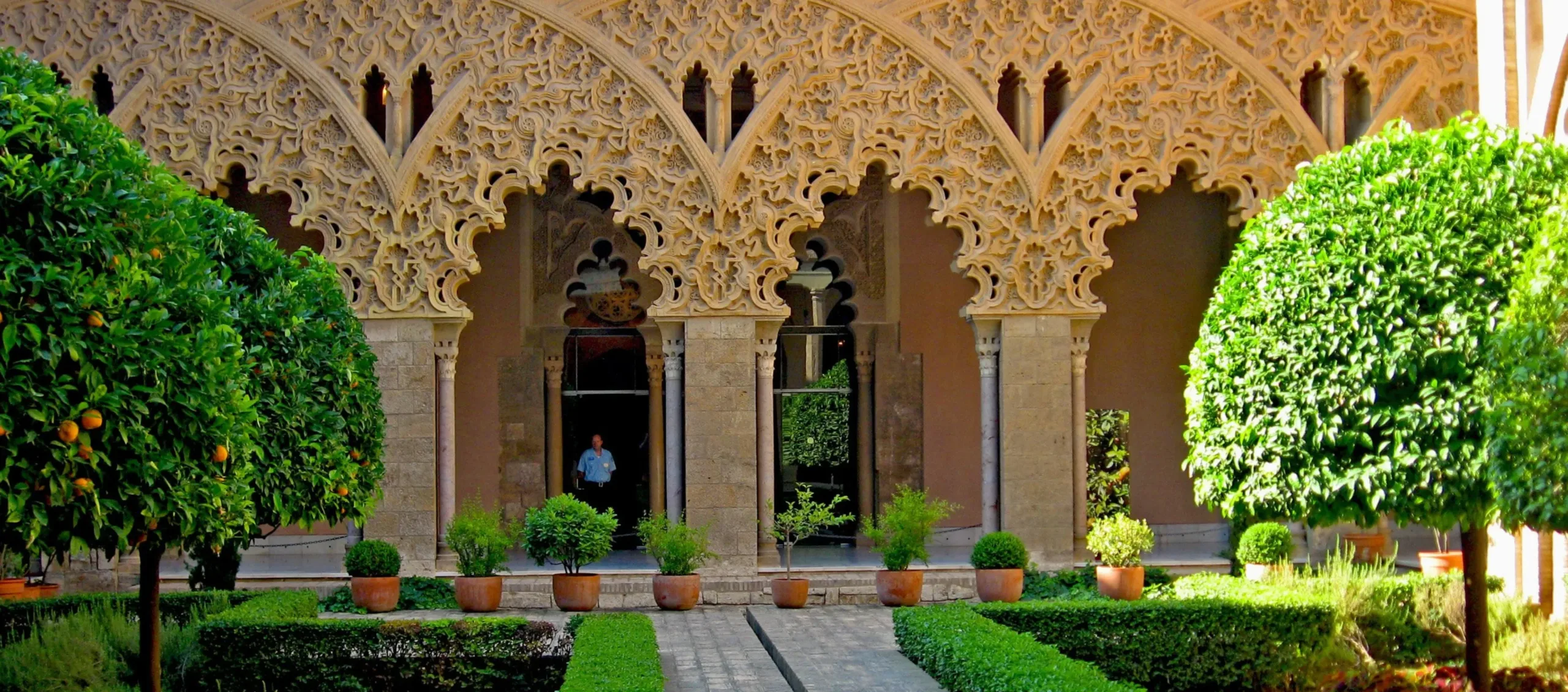

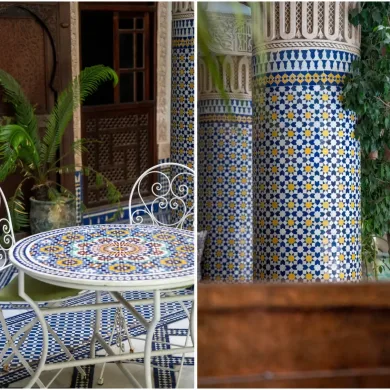
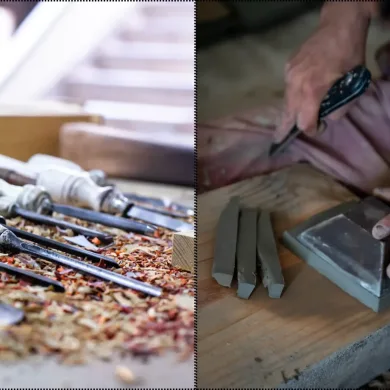
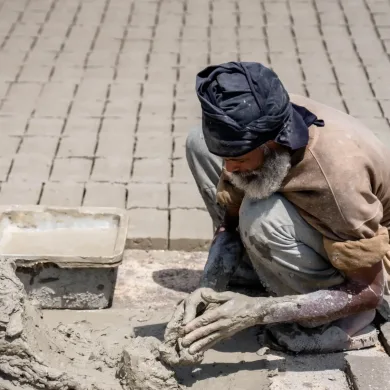
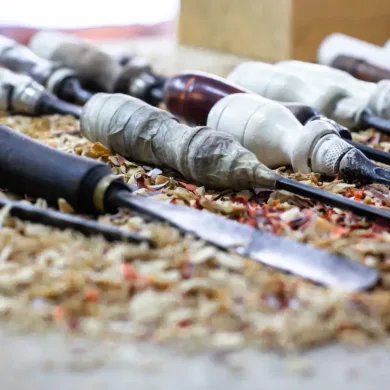
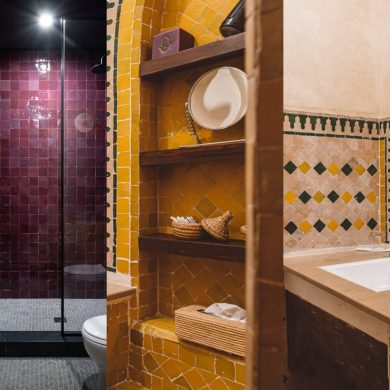
Add comment